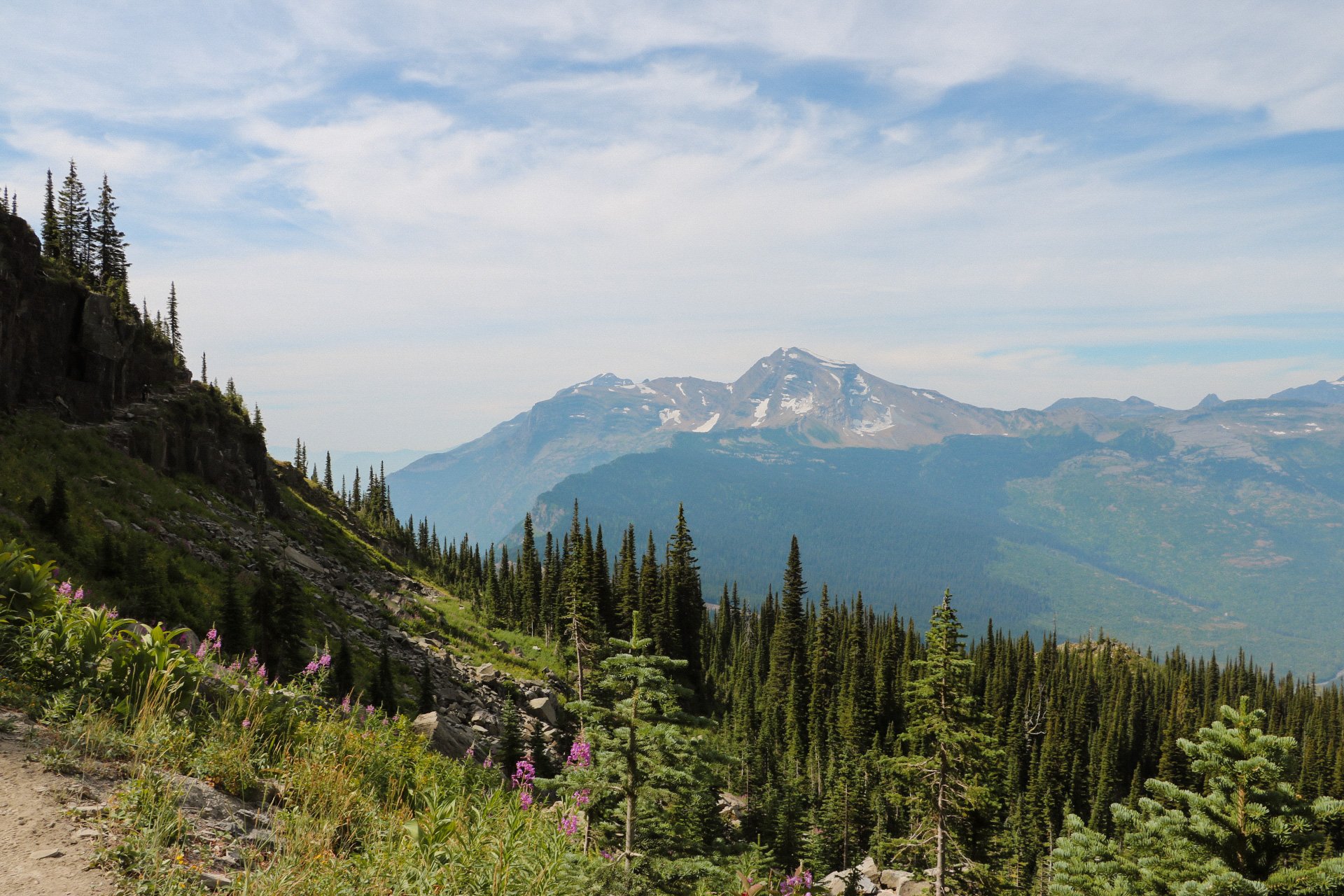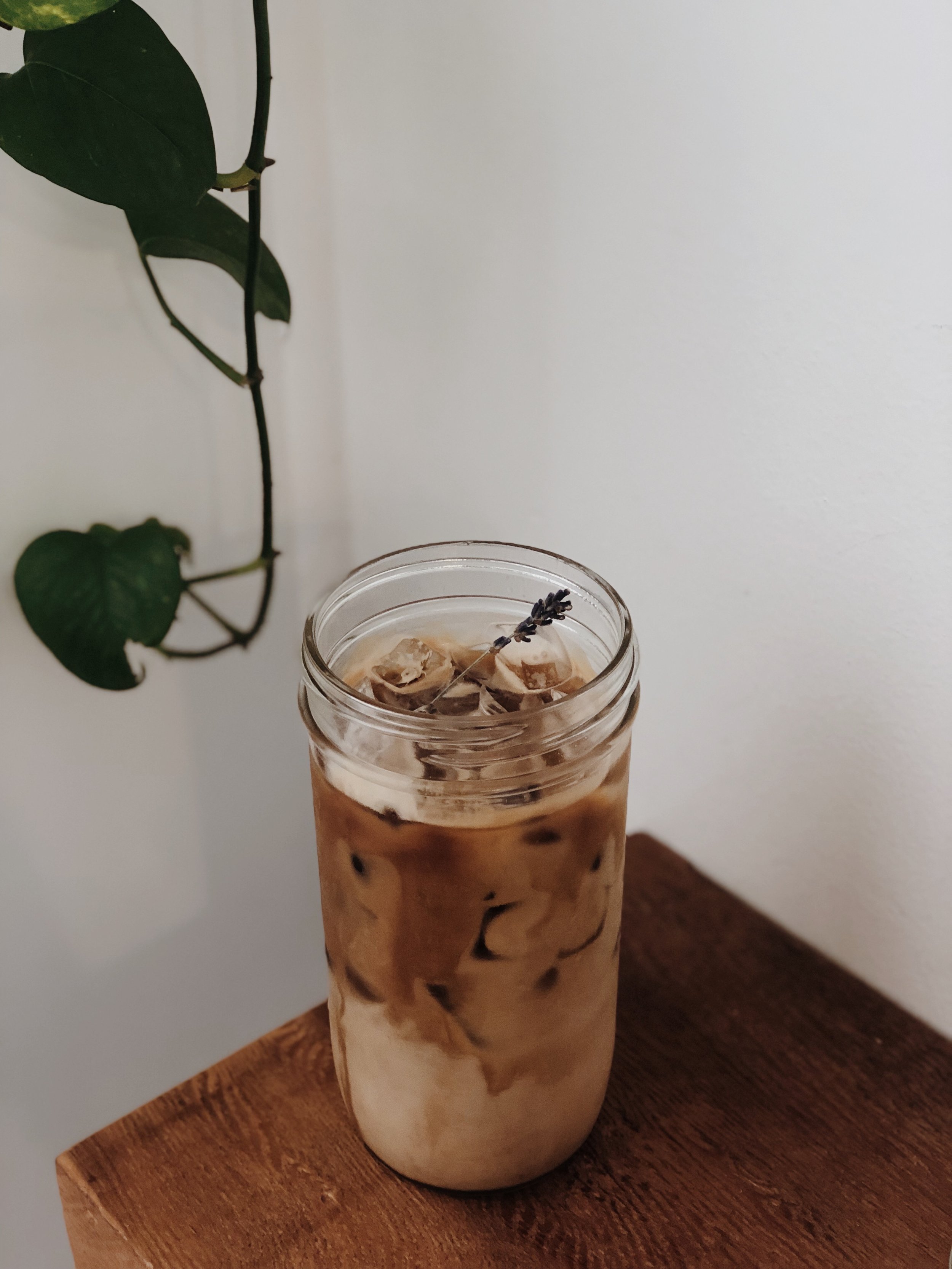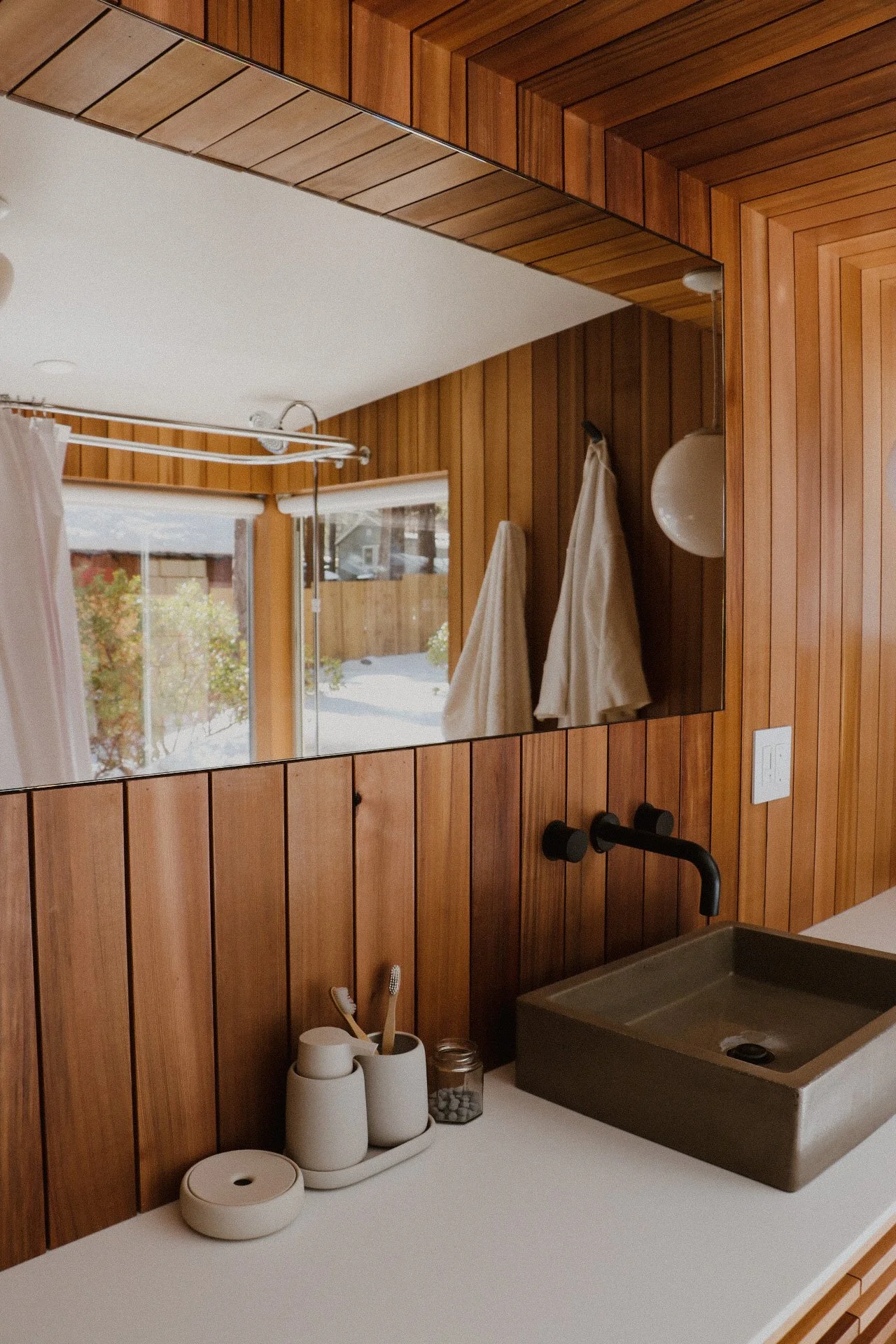Welcome!
Hello Everyone! Welcome to my new home/updated website!
For the most part, this blog will consist of low waste living-from being outdoors, camping to travel and a bit of gardening. A big thank you to my dear friend Elena Lopez for putting together this website for me! Also thank you to Latasha Dunston, who designed the logo!
With the exception of some updates + new photos, this blog post was originally from July 2020 during the height of the pandemic and the end of #plasticfreejuly .
I hope the following is helpful!
Glacier National Park from a visit in summer 2022.
Plastic Free July may have passed, but I wanted to share some tips to continue beyond July. I know many of us haven’t been able to use our reusables because of COVID-19, so we are all just trying to make the best of it! Some of the tips that I will be sharing may or may not work for you. Remember, don’t feel discouraged and just start where you can!
At Re_Grocery in Highland Park, Los Angeles.
By now this may not be the case, but if your local grocery stores do not allow your own reusable grocery bags- let the cashier know, very kindly, you want everything back in your basket or cart and you can bag it in your car. As a common courtesy, kindly return the carts or baskets back to the store after loading your car. By now this may not be the case, but if
Bulk no longer an option for you? Consider buying bulk bags yourself and sharing the cost with friends, families or even your neighbors! In North East LA we are extremely lucky to have a bulk shop like RE_Grocery that allows reusable containers, or compostable paper bags. So, if you are local to the LA area, go check them out! Now in 2022 they have 2 more locations open, Mar Vista and Studio City. Also many Mexican markets typically carry bulk options too.
See what fruits and vegetables you can get package free at the grocery store or at the farmers market and plan a meal around what’s available to you. Or if this option is available to you, get a CSA box that comes with fruits and veggies from local farms. They usually come with little to no plastic.
Can’t use your reusable cup to get coffee or tea? Consider making your own at home. We use a French press with all reusable parts, and only takes about 5 mins to make! I’m happy that this year in 2022 more local coffee shops are allowing reusables again!
Getting take-out? We sure have! And one thing we continue to get is single-use things. So, when we do order take out, I always say “please no eating utensils, napkins or bags” or “Please no condiments”, sometimes it works. One thing I also look for when ordering for take-out is burritos and sandwiches because they are usually wrapped in foil which you can recycle if cleaned, or some kind of parchment paper which tends to be compostable. More recently, some ordering apps and websites have an option for “no utensils” . Here in LA #SkipTheStuff is in effect in all LA City food and beverage businesses, where single-use items should only be given if requested.
Consider growing your own food if you have the space. Even if it’s just herbs, that way you don’t have to buy them in those little plastic containers. Now, I know this may not apply to everyone, as not everyone may have the space or is able to do this. But if you do, it’s something to consider. When growing your own food, you don’t even have to worry about the plastic packaging since it’s not there! Plus, it’s local! Did you know the average plate of food you sit down and eat travels about 2,000 miles to you? That’s a lot of energy and resources!
Purple Jalapeño in a forest of beet greens in our patio garden.
Compost! There are many different ways to do it! There’s vermicomposting, the use of a compost tumbler, a regular compost bin, dropping off your food scraps at your local community garden, and even digging and burying your food scraps into the ground. There’s a possibility you may even have a service in your area-in LA we have Compostable LA as a service and LA Compost with different options. They have community compost hubs and compost co-ops spread throughout the city as well as availability to drop off at certain farmers markets.
Replace certain things around the house with a more sustainable option once you are done with what you have. You can replace common things around the household like single use paper towels for reusable towels. Replacing plastic toothbrushes, loofahs or kitchen sponges with compostable ones. Instead of a plastic shampoo bottle, try out shampoo bars and conditioners. Two of my favorite shampoo bars are from No Tox Life and Superzero.
When looking for, let’s say, a new piece of clothing. A pair of pants or a dress, or even furniture to bring into your home, consider buying it secondhand even if it takes a little bit longer to find. Many furniture pieces in our home are from Facebook Market, but there’s also offer-up, a few other online apps and of course secondhand and vintage stores. In general, buy less unnecessary stuff!
Restored Vintage side table as our coffee table in the living room.
Vintage 60’s dinning table for our small kitchen/living room area.
This plastic free July was not perfect, we still ended up with some plastic, even when we were purposely avoiding it. Don’t be too hard on yourself if you end up with a piece of plastic. After all, the oil companies, plastic companies, and companies like Coca-Cola are the biggest polluters out there. So even though our individual actions may not make a big dent in the plastic pollution crisis, I do believe that when many of us strive for a plastic free world, push for plastic free products, share with others about the plastic pollution crisis, push against oil companies and hold them accountable, that together we can make a change.
Other ways that you could help that don’t necessarily have to do with packaging is by getting involved in your local community politics and using your voice. Maybe you can voice the banning of Styrofoam in your community. Help amplify petitions for your local city council to address, etc. Those are just two examples out of many things we can possibly do.
I encourage everyone to go watch The Story of Plastic. If you want to get more involved, I recommend checking out breakfreefromplastic.org where they have many resources and toolkits for you to use!
-Cindy















